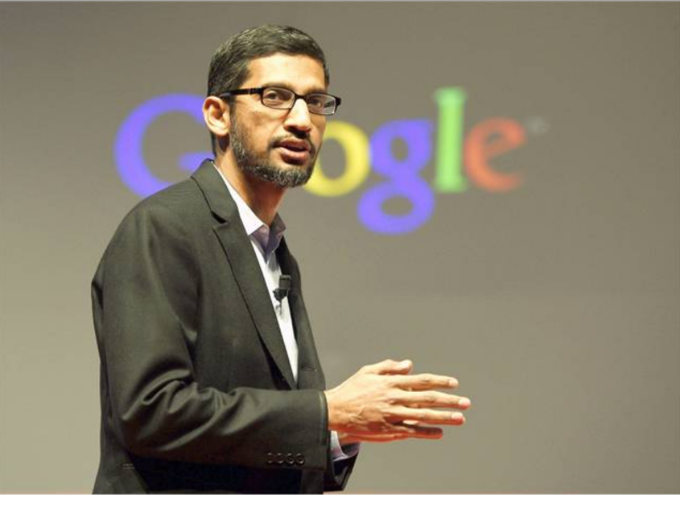
When 43-year-old Indian origin Sundar Pichai was named
Though, to be fair they did have reason to rejoice. With Pichai’s elevation from Senior Vice President of Chrome, Android and Apps to CEO, he joins the growing club of corporations run by Indian-born business leaders and the elite club of Indians heading a technology giant, right in the footsteps of Microsoft CEO Satya Nadella.
His promotion as CEO came after Google’s Larry Page announced changes to the company’s executive structure in a bid to present a ‘slimmed down Google,’ which will be included under a new parent company, Alphabet. Alphabet, headed by Larry Page is essentially a collection of companies, the largest of which will inevitably be Google.
Joining Google as a ‘low-key manager’ in 2004, Pichai quickly worked his way up the ladder and became part of the team that successfully launched Chrome browser in 2008. Then in 2012, he undertook the responsibility of heading Apps after the former head departed. And, finally in 2013, he was put in charge of Android.
Pichai’s advancement as Product Chief in 2014 quite literally sealed the deal as he became second-in-command to none other than Page. In a press release announcing Pichai’s new post, Page mentions how Pichai ‘stepped up since October last year, when he took on product and engineering responsibility for our Internet businesses.’
However, the responsibility of heading the $66 billion-revenue, $16-billion profit, company didn’t come easy to Pichai. He undoubtedly worked for it. Really hard.
Responding to a recent Quora thread which questioned Pichai’s surprising promotion to the highest ranks, Chris Beckmann, former Product Manager at Google was all praise for Pichai, crediting him for recruiting, mentoring and retaining the best team of product managers who helped him spearhead ‘successful efforts for difficult projects that were core to Google’s continued financial success, namely Toolbar and Chrome.’ He also added that Pichai ‘avoided making enemies’ and instead navigated office politics to build a team that’s talented and one that delivers.
In comparison, it took Satya Nadella 20 years to rise up to the coveted rank of CEO of technology giant Microsoft. However, that is where the differences between the two Indian-origin CEOs end.
Both Nadella and Pichai now command an influential position in the US tech world and they’re not alone. The list also includes Shantanu Narayen, President and CEO of Adobe, Vinod Khosla, co-founder of Sun Microsystems, Amit Singhal, Senior Vice President at Google, Rajeev Suri, CEO of Nokia and Rashmi Sinha, co-founder of SlideShare.
Moreover, according to a 2014 report by Dr Vishwas Wadhwa, the founders of 15% of the startups in the
So, what is it exactly that’s making Indians stand tall in the Silicon Valley?
It’s certainly a stark contrast from the scenario in 1992, when Indians in the Silicon Valley were deemed incapable of becoming managers- leave aside CEOs, despite being excellent engineers.
The metamorphosis from 1992 to today can be largely attributed to banishing negative stereotypes that limited the entry of Indians to enviable positions.
To attain this, the first generation of Indian-Americans who successfully started shattering the glass-ceiling acted as mentors for the future generations, providing them seed-funding, sharing their experiences and opening quite a few doors.
This also unraveled in the management culture wherein it was noticed by a 2004 research from St. Gallen University in Switzerland that Indian executives prioritised participative administration and building meaningful relationships with subordinates which fostered an emotional bond.
As Indra Nooyi, the CEO of Pepisco, once famously divulged, there's no executives in the ‘Indian club’ who possess a dictatorial style of management. “They value their employees as a person.”
Additionally, they are also known to be future-oriented, patient, humble and persistent- traits which are sacrosanct for any leader.
Thus, it comes as no surprise that the unique process of mentoring and uplifting within the community, immense hard work and dedication by Indian-Americans themselves, have worked out in a way which promptly put the Indian club of executives onto the global platform.
Image credit: Indiatimes